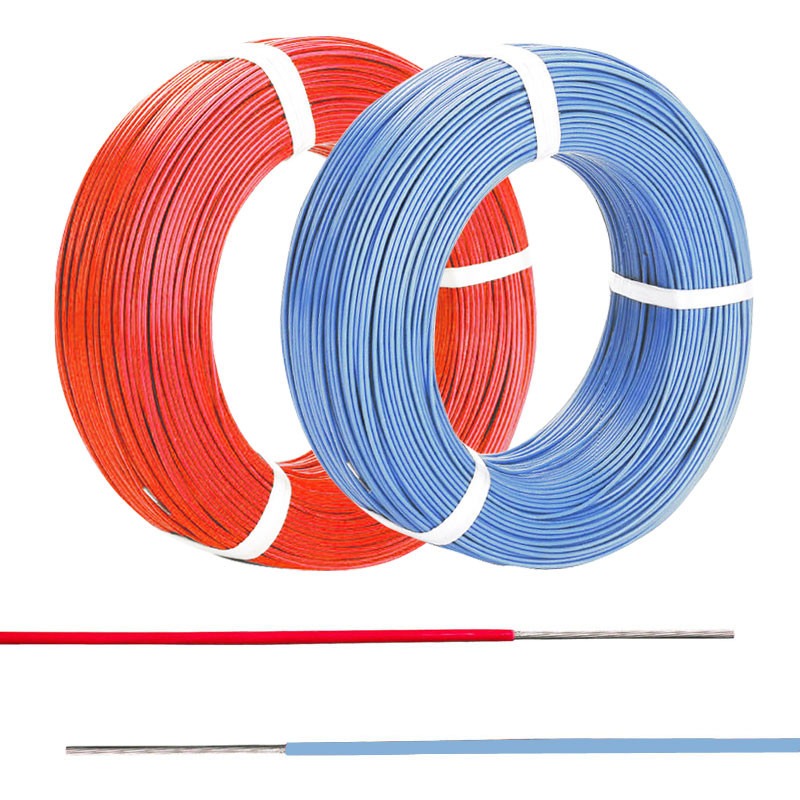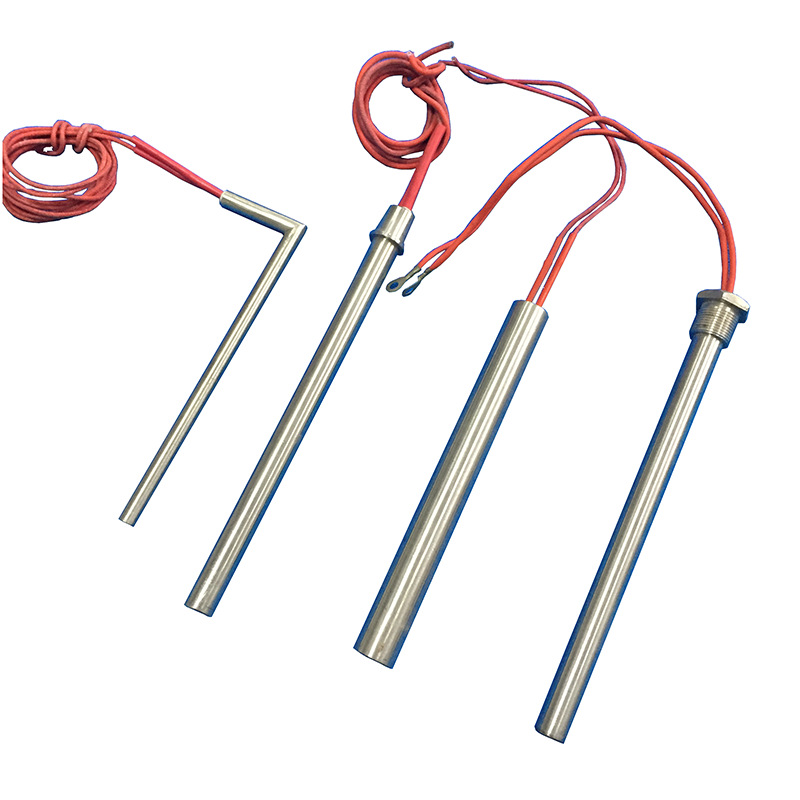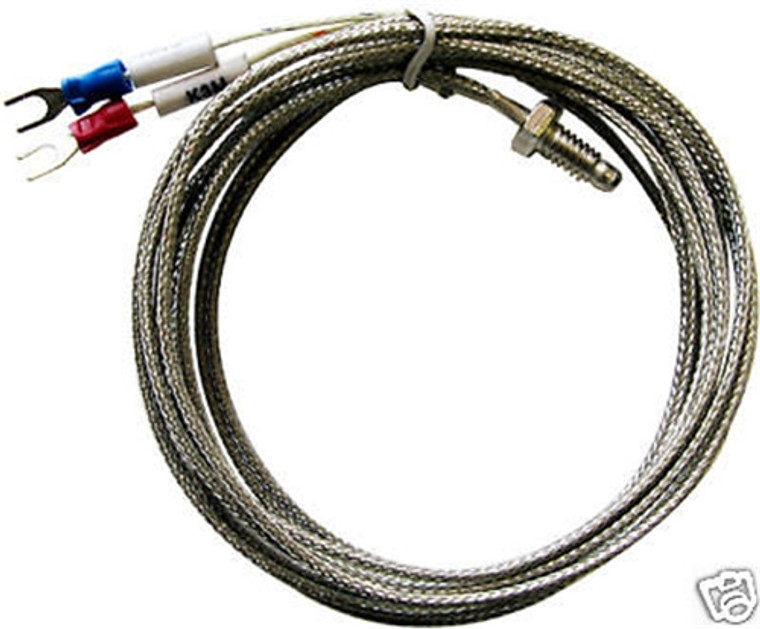Choosing the right cartridge heater can make a significant difference in achieving optimal heating efficiency for various industrial applications. These heaters are known for their compact design, precise heating, and efficiency, making them essential in industries such as plastic manufacturing, packaging, and medical equipment. However, with a range of options available, finding the right fit can be challenging.
In this guide, we’ll discuss key factors to select the right cartridge heater to help you make an informed choice.
1. Understand Your Application’s Temperature Requirements
Each application has a unique temperature range and heating duration requirement. A heater that’s too powerful or not powerful enough could lead to uneven heating or even system failure. Here’s what to consider:
- Max Operating Temperature: Cartridge heaters can operate at temperatures as high as 1400°F (760°C), but always confirm the max operating limits for your application.
- Thermal Transfer Efficiency: Ensure the heater has optimal heat transfer properties to match the material’s conductivity.
- Temperature Control Precision: Applications with strict tolerances require heaters that can maintain steady temperatures.
2. Consider the Heater’s Watt Densityof Your Cartridge Heater
Watt density (W/in²) is crucial as it determines the heater’s power in relation to its surface area. Selecting the right watt density impacts the heater’s longevity and performance:
- Low Watt Density (10-30 W/in²): Best for applications needing gentle heat, like food equipment.
- Medium Watt Density (30-50 W/in²): Ideal for plastics and rubber manufacturing.
- High Watt Density (50+ W/in²): Suitable for high-temperature applications such as mold heating and metal processing.
A miscalculated watt density can lead to excessive heating or premature burnout, so be clear on your application’s needs.
3. Select the Right Sheath Material
The heater’s sheath is the outer layer that directly affects its durability and compatibility with the surrounding environment. Common sheath materials include:
- Stainless Steel: Highly resistant to corrosion and suitable for food and medical industries.
- Incoloy: Ideal for extreme temperatures and corrosion-prone environments.
- Nickel: Great for high-conductivity applications where rapid heat transfer is essential.
4. Determine the Proper Diameter and Length of Your Cartridge Heater
Your cartridge heater must fit precisely within the drilled holes or mounting points to ensure efficient heat transfer. Measure accurately:
- Diameter: Ensure a snug fit; the diameter should ideally be 0.002-0.003 inches smaller than the drilled hole.
- Length: Choose a length that optimally covers the heat transfer area.
5. Ensure Proper Voltage and Power Compatibility
Confirm that the heater’s voltage matches the power supply in your facility. Mismatched voltage can lead to inadequate heating or damage to the heater and connected systems.
- Single-Phase or Three-Phase Options: Industrial heaters often come in both options. Match your facility’s electrical setup.
- Adjustable Voltage Options: If your application requires variable temperatures, consider heaters that allow for adjustable voltage.
6. Evaluate Lead Type and Exit Options
Cartridge heaters offer various lead configurations to suit different environments and handling needs:
- Flexible Lead Wire: Good for applications with movement; check insulation to withstand high temperatures.
- Right-Angle Leads: Saves space in compact setups; prevent bending stress.
- Swaged Leads: Best for high-vibration environments to prevent breakage.
Final Words
When choosing a Cartridge Heater, reliability and durability should be priorities. Partner with reputable manufacturers like Cheri Heater who offer quality certifications and testing guarantees to ensure longevity and performance.














